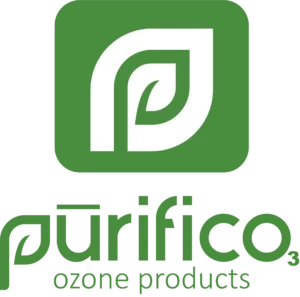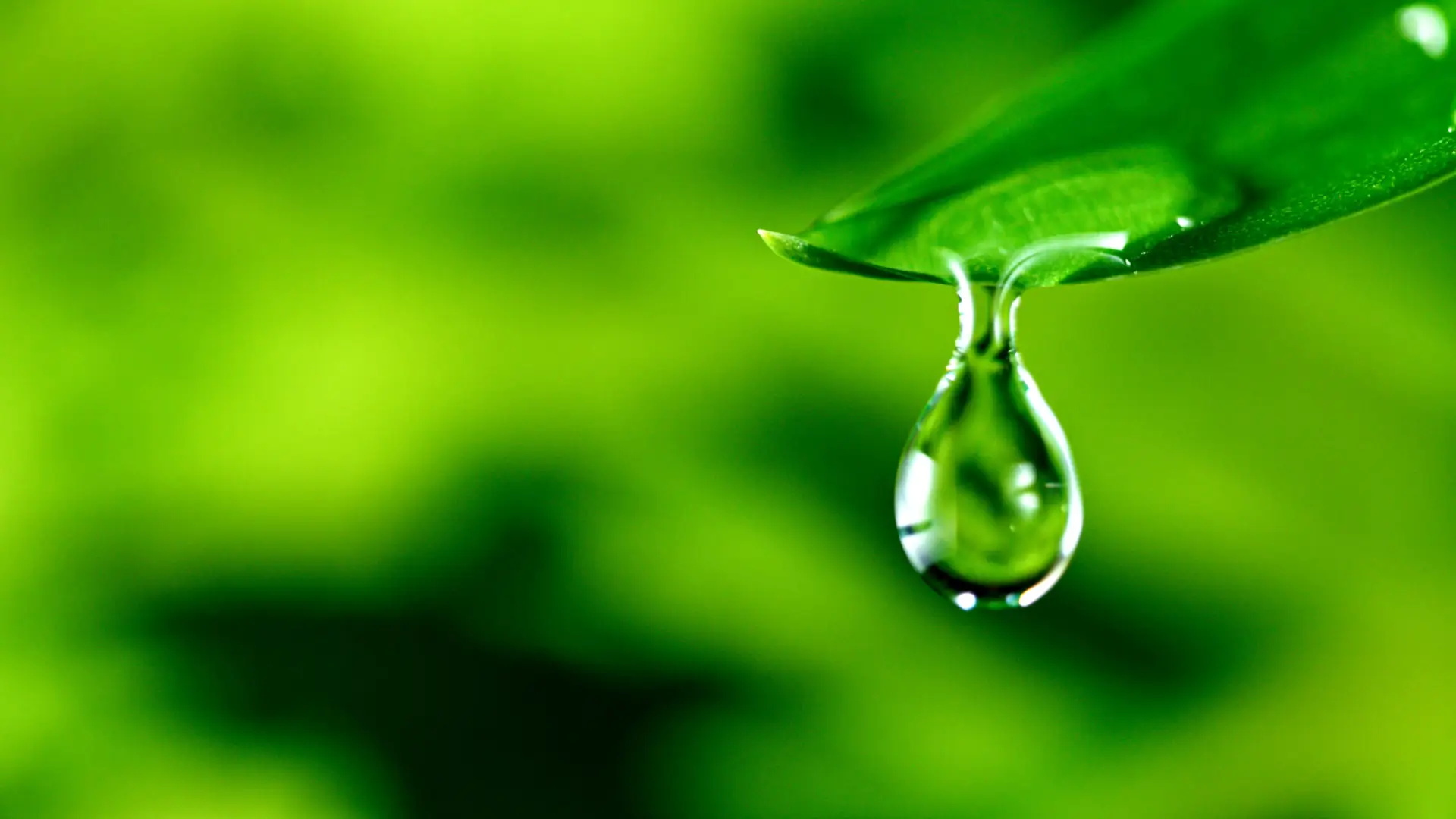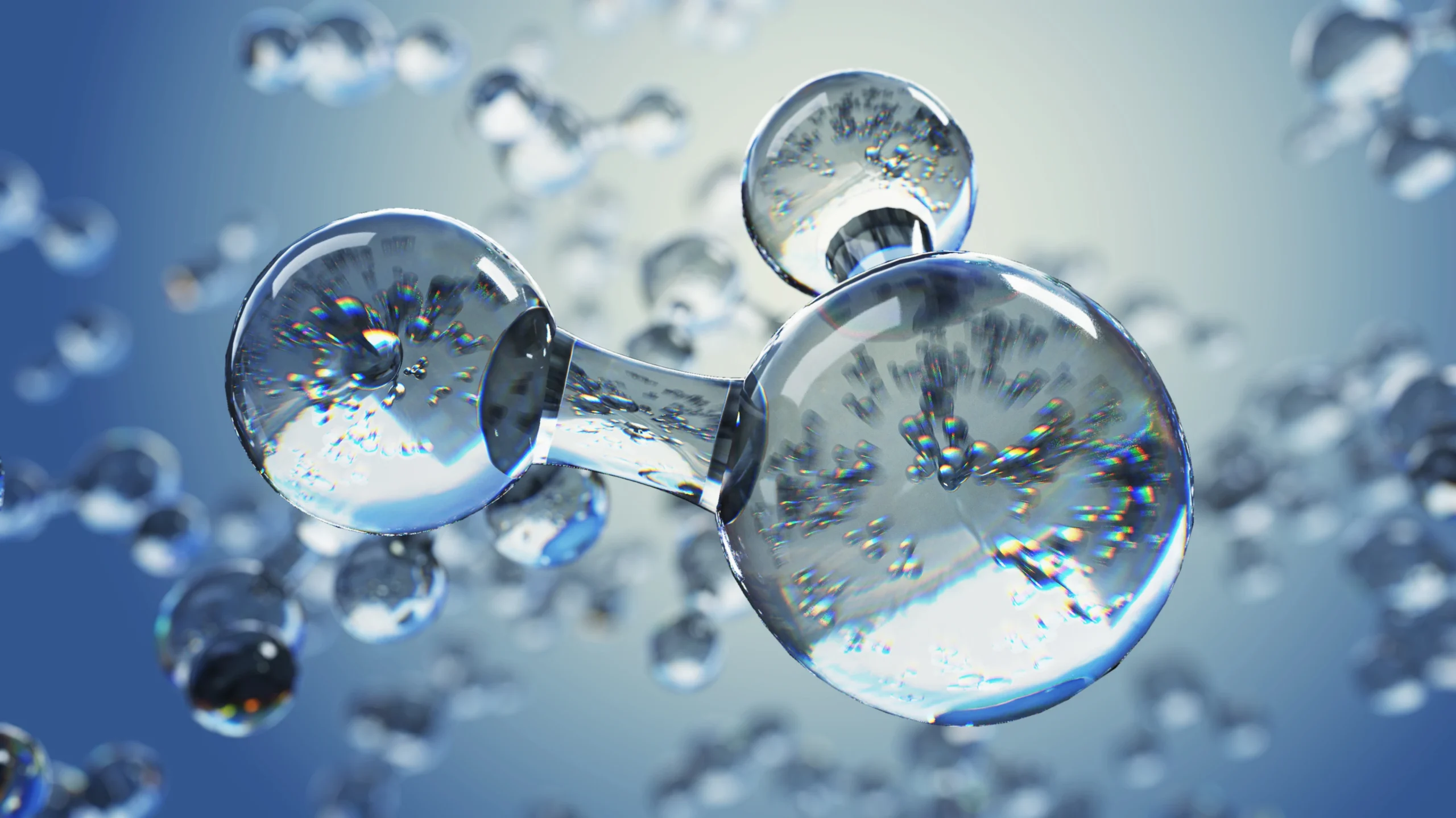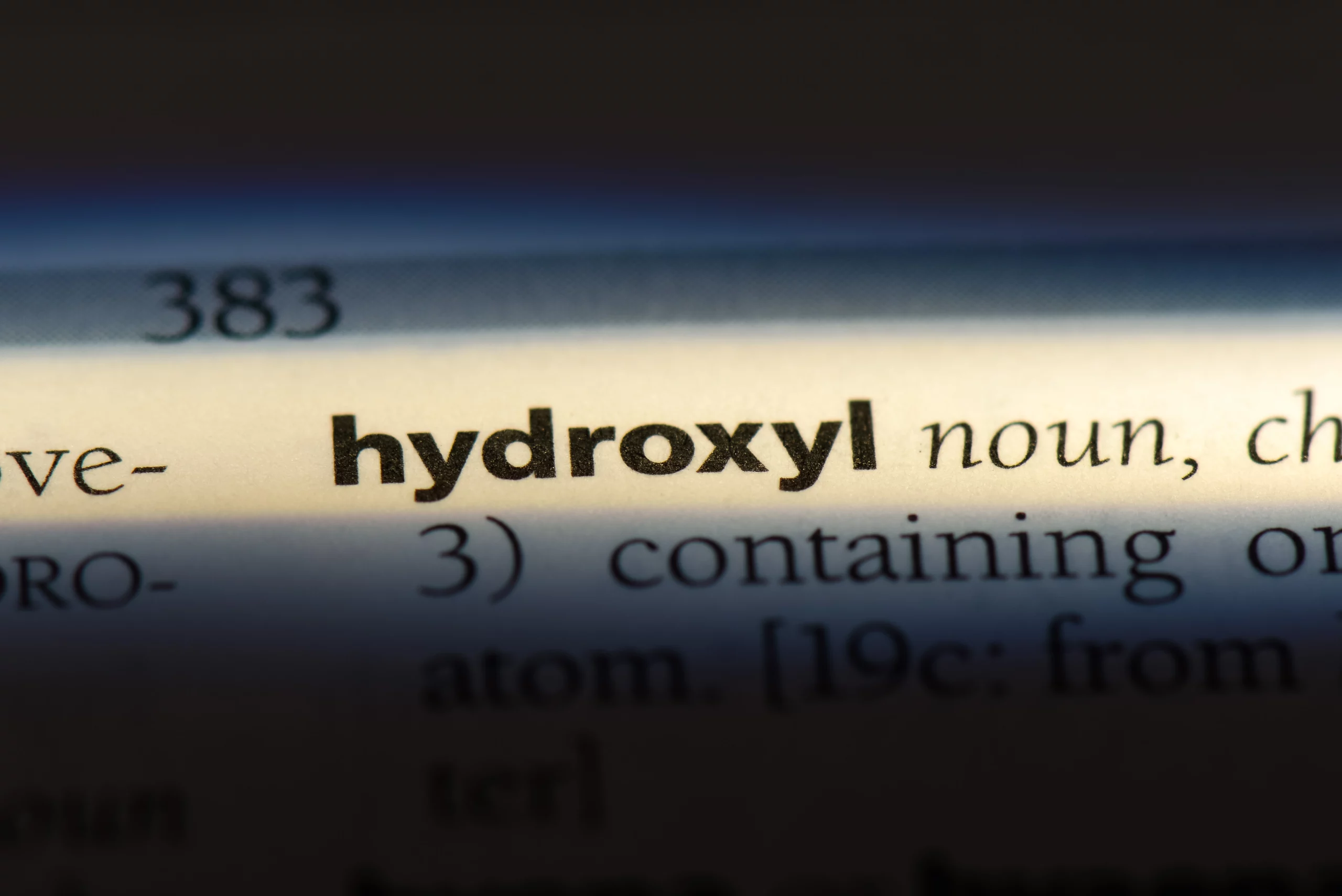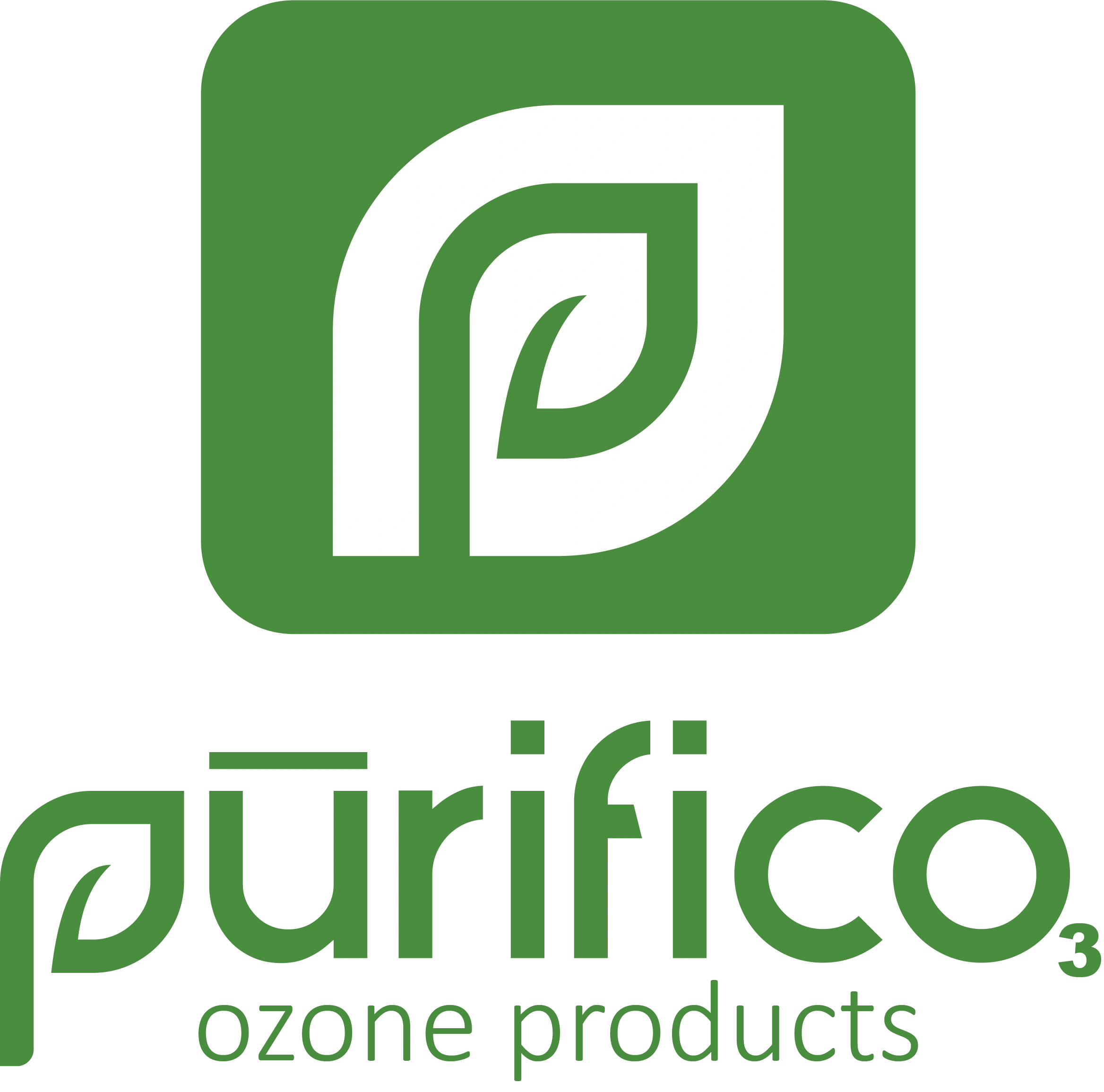Advanced Designs
Purification
Purifico specializes in integrating cutting-edge ozone technology to purify water by efficiently breaking down pollutants like pesticides and organic matter. Ozone’s unique properties allow it to oxidize contaminants directly and through the formation of hydroxyl radicals (OH-), making it ideal for eliminating hard-to-remove non-living pollutants. Join the many municipalities and industries across the world that are using ozone-related technologies to purify their water supply.
Home » Purification
